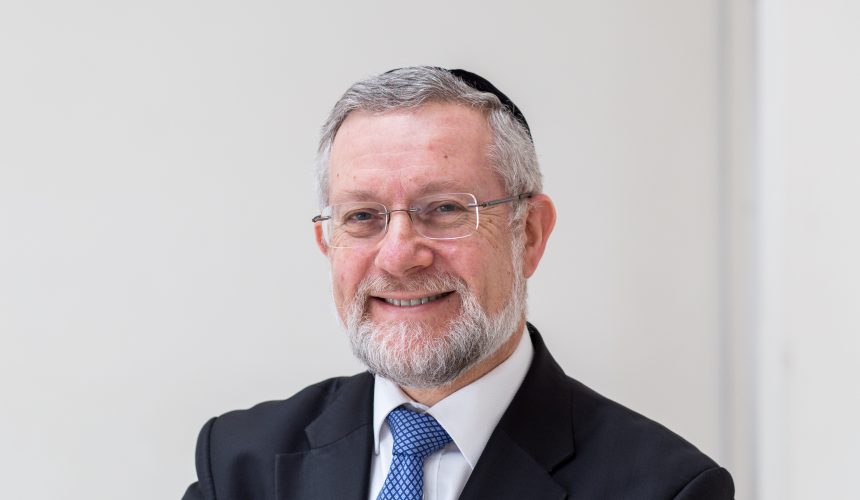ELECTION WEEK IN THE PARASHA At the time of writing, an election is about to take place, and, in all likelihood, there will be a new Prime Minister in Downing Street by the end of the week. One could say that this is particularly appropriate for a Shabbat on which we read about a challenge to authority. But then, Parashat Korach is always topical! ‘Machloket’ and challenges to authority are rarely out of the news! Korach introduces us to a new kind of would-be leader. Someone, with whom now we are becoming increasingly familiar. Korach is a populist. He engages...
SHELACH LECHA

BLUE AND WHITE Have you ever wondered about the origin of the colours in Israel’s flag? Look around in shul and you will see the answer. The colours come from the common colours seen on a tallit: blue and white. They were adopted for the flag at the first Zionist Congress in Basle, 1897. As David Wolffsohn, a prominent early Zionist, wrote: “What flag would we hang in the Congress Hall? Then an idea struck me. We have a flag—and it is blue and white. The tallit with which we wrap ourselves when we pray: that is our symbol. Let...
BEHA’ALOTECHA

CAMP AND CONGREGATION The late Rabbi J B Soloveitchik (d.1993) once famously observed that there are two significant ways in which people can come together to form a group. This applies whether the group is small or large. A community, a society, or even a nation. The first is when they face a common enemy. They band together for mutual protection. They know that is the only way they will survive. That is called a machaneh, or a camp. Alternatively, people can come together because they share a set of ideals. This is what is meant by eda or congregation....
NASO

CAN OUR CHILDREN HEAR THIS? This week’s parasha, Naso, is the longest in the book. Why? Because for twelve days, the Princes of the tribes brought their gifts to dedicate the Tabernacle. Each gift was exactly the same but the Torah spells out each one, in full detail, twelve times. With the Tabernacle dedicated, now was the time for Moses to enter to hear the voice of G-d. In the final verse of the parasha, this is, indeed, what happens. How did Moses hear that voice? Where did the sound come from? Did Moses hear it from heaven? Did it...
SHAVUOT

SMELL THE COFFEE – IT’S SHAVUOT! A popular custom on Shavuot is to stay up all night studying Torah. How did this arise? The practice is not mentioned in the Mishna nor in the Talmud. It is not mentioned in Maimonides writings (12th century) nor in the Shulchan Aruch, the 16th century Code of Jewish Law. It is first referred to in the mystical work, the Zohar (on Vayikra 23) which says that a select group of individuals used to stay awake all night on Shavuot, so that the ‘bride’ (the Jewish people) would be adorned to meet the ‘King’...

